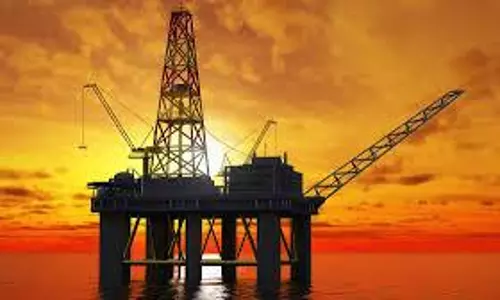
Antarctic ozone hole shows signs of recovery, full restoration possible by 2066
text_fieldsRecent observations indicate a positive trend in the recovery of the Antarctic ozone hole, with 2024 marking a year of significant improvement.
Scientists from NOAA and NASA have reported that this year's ozone depletion was less severe than in previous years, suggesting a gradual recovery of the ozone layer that protects the Earth from harmful ultraviolet radiation.
During the monitoring period from September to mid-October, researchers noted that the ozone hole over Antarctica was the seventh smallest on record.
Although still considerable in size, averaging approximately three times larger than the continental United States, the ozone hole peaked at 8.5 million square miles on September 28 before beginning to shrink.
The Montreal Protocol, an international treaty established in 1992 to phase out chlorofluorocarbons (CFCs), has been instrumental in this improvement. The reduction of ozone-depleting chemicals due to this treaty is credited with contributing to the smaller size of the ozone hole this year, aided by an influx of ozone-rich air migrating southward to replenish the atmosphere over Antarctica.
Dr. Paul Newman, who leads NASA's ozone research, emphasized that the 2024 Antarctic ozone hole is smaller than those seen in the early 2000s, highlighting a positive trend in the ongoing recovery that has been underway for the past two decades. This development showcases the effectiveness of global efforts to address ozone depletion.
Despite these encouraging signs, scientists remain cautious. Stephen Montzka from NOAA's Global Monitoring Laboratory pointed out that the recovery process is gradual, as CFCs that remain in the atmosphere will take decades to fully break down. Bryan Johnson, a research chemist at NOAA, noted that this year’s ozone concentration reached a low of 109 Dobson units, significantly lower than the 1979 levels of 225 units.
To continue monitoring the ozone layer, NASA and NOAA will employ satellite instruments and weather balloons launched from Antarctic stations. As existing CFCs slowly degrade, researchers expect ongoing improvements, with hopes of a complete restoration of the ozone layer by 2066.























